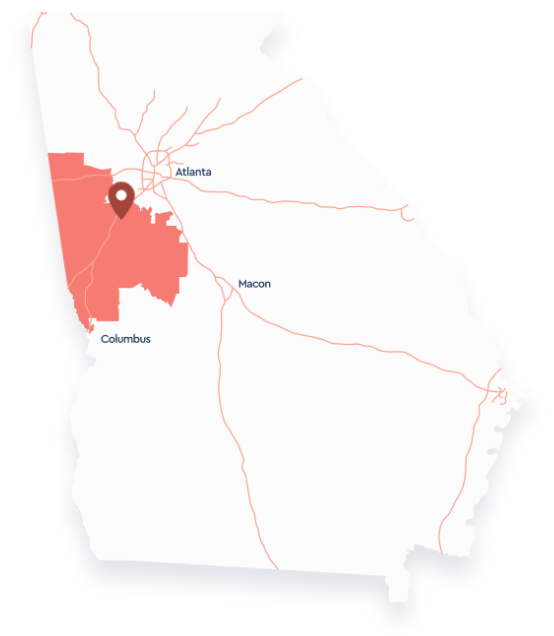In the News
A BIG solution to gun violence
Washington,
June 9, 2022
Washington Examiner
Our hearts are broken over the recent string of mass shootings. While debates stream across America, many have doubts that Congress will deliver any meaningful change. It feels like our nation is on a treadmill, with the same arguments playing over and over after every tragedy. It is time to get off the wheel and look at proven solutions that equip communities and schools with the tools they need to prevent the next trauma. One such tool is the Behavioral Intervention Guidelines Act, or simply the BIG Act. If enacted, this bill would empower schools and local communities with the resources necessary to ensure the safety and health of each student. It would do so by developing best practices for schools to establish behavioral health intervention teams, which can use evidence-based tactics to identify students who are at risk of harming themselves or others and address their mental and behavioral health needs. The legislation was conceived through innovative programs at two public universities: Columbus State University in Columbus, Georgia, and Texas Tech in Lubbock, Texas. Columbus State developed its program to help students get the support needed before a problem develops into a crisis. Columbus State shared with us a success story about a top-performing student whose grades had suddenly and inexplicably slipped, and he had been starting fights. What changed with the student? Looking at the bigger picture instead of isolated events, the university realized this student was about to be unable to register for the next quarter because he was behind on tuition payments. After identifying the problem, they were able to talk with the student and learn that he had been working two jobs to earn money since his father lost his job and did not have the resources to help him finish. Think what could've happened if Columbus State had not intervened. This student could have reached a point in a spiral where he would never have finished college, and even worse, he could have hurt himself or others. Texas Tech’s University Health Sciences Center program evolved through the work it was doing in telehealth. Understanding that the university is in a rural area and that help may be half an hour away or more, Texas Tech’s program provides training for behavioral health intervention and tele-behavioral health services at schools in rural West Texas. It is more important than ever that schools and communities have guidance on how to provide behavioral health resources for their students and enable prevention, intervention, and early treatment of mental health conditions. These children can get help before their conditions worsen or reach a crisis level. The Centers for Disease Control and Prevention conducted a study from 2014-2018 that found one in six students met the criteria for a childhood mental disorder. This reality has only worsened. The CDC released a report in November 2020 on pediatric emergency department visits due to mental health. They found that from April to October 2020, the proportion of mental health–related visits for children aged 5 to 11 increased 24% over that same period in 2019. For 12- to 17-year-olds, these visits increased 31%. We cannot ignore the mental health ramifications of the coronavirus pandemic and how it challenged everyone, including our students. These statistics are staggering, and we must do what we can to enable prevention, intervention, and early treatment of mental health conditions for these children before their conditions worsen and become even more serious. There must be a realistic vision to provide meaningful and lasting solutions. While protecting each American’s constitutional rights and privacy, communities and schools are able to look at the public factors. It is no secret which students are struggling or causing trouble. Teachers and parents are able to see a child’s grades and discipline records. Noticing the signs, the community can come together to work and hopefully prevent another tragedy. The key element to the BIG Act is being nonprescriptive. It is simply saying to congregate all of the best practices and then figure out the system that best fits the circumstances. It allows local communities, local school systems, and educational institutions to develop their own models without interference from the federal government. Congress must enact this empowering legislation. It has already passed the House of Representatives with strong bipartisan support and is waiting for Majority Leader Chuck Schumer (D-NY) to bring it to the Senate floor. The BIG Act can help prevent the next tragedy by giving students the resources necessary to stay on track and be successful. Rep. Michael Burgess is a Republican and physician representing Texas's 26th Congressional District. Rep. Drew Ferguson is a Republican and dentist representing Georgia's 3rd Congressional District. |
Office Locations
We look forward to meeting with you and developing lasting relationships that can have a major impact on our district and beyond.




